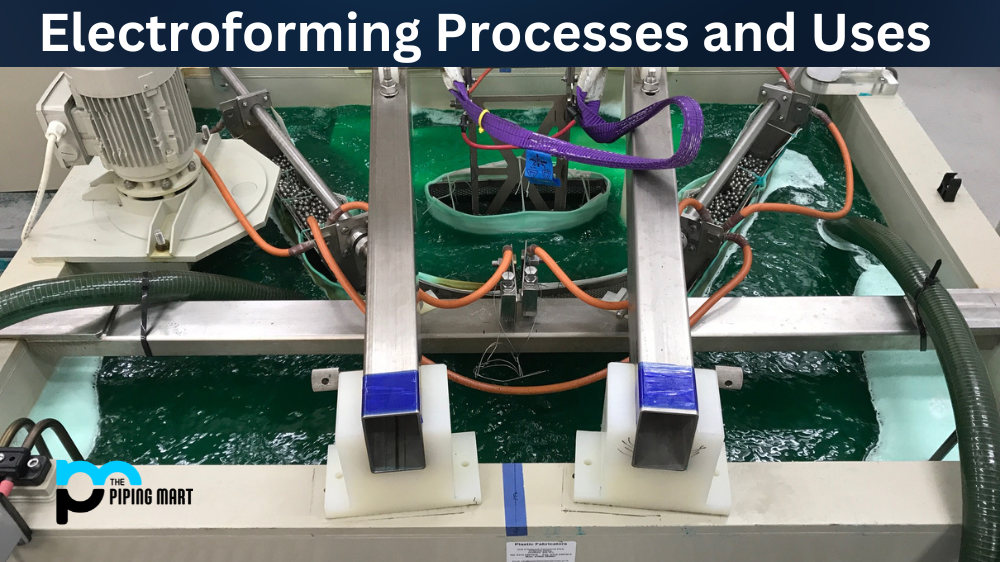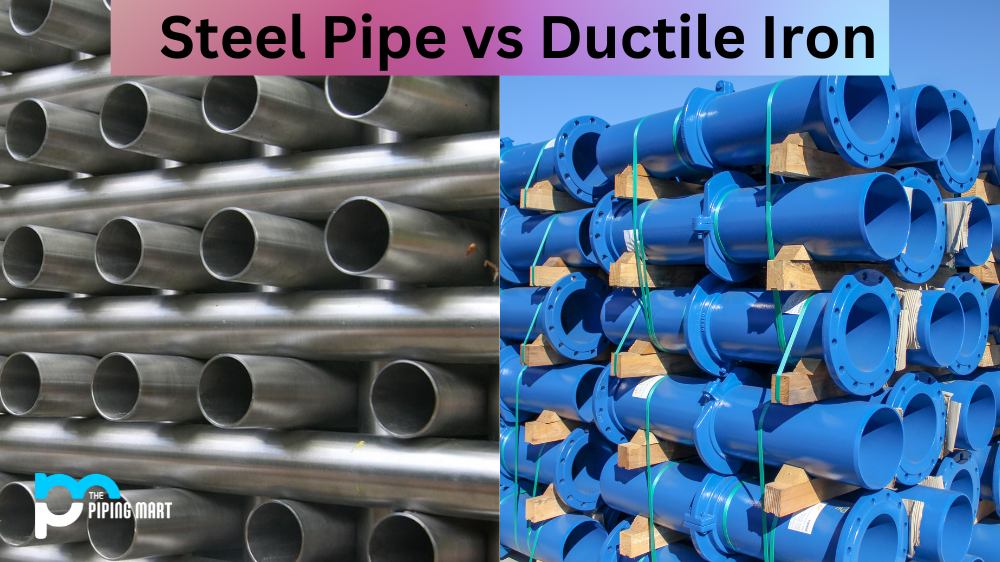Stainless steel pipes are an incredibly popular plumbing material due to their strength, durability, and ease of installation. But, like all materials, stainless steel has its advantages and disadvantages. To help you decide if it’s the right choice for your project, let’s take a look at the pros and cons of stainless steel pipes.
5 Advantages of Stainless Steel Pipes
One of the main benefits of using stainless steel pipes is that they are incredibly strong. Stainless steel is one of the strongest materials available – it can be bent without breaking or cracking, making it ideal for tight spaces or curved shapes. It also has a high corrosion resistance, meaning it won’t rust or corrode over time as other metals might. In addition, stainless steel is easy to clean and maintain – all it needs is regular wiping with a damp cloth to keep it looking its best.
Another advantage is that stainless steel pipes are relatively inexpensive compared to other plumbing materials such as copper or brass. They also last much longer than other materials, so you won’t have to replace them as often as other types of pipes. Plus, they don’t require any special tools or fittings to install – basic plumbing skills will do!
Increased Durability
One of the primary advantages of stainless steel pipes is that they are incredibly durable. Stainless steel is a strong, tough material that can withstand a great deal of wear and tear. This makes it an ideal choice for applications where the pipe will be subject to a lot of stress or friction, such as in plumbing or automotive applications. Additionally, stainless steel pipes are resistant to corrosion, meaning they will not rust or degrade over time.
Improved Aesthetics
Another advantage of stainless steel pipes is that they offer improved aesthetics over other types of pipes. Stainless steel has a bright, shiny finish that is highly reflective. This can give your project a high-end look that is impossible with other materials.
Increased Strength
In addition to being durable, stainless steel pipes are also very strong. This makes them ideal for applications where strength is important, such as in structural applications. Stainless steel pipes can also be used in high-pressure applications without fear of them breaking or leaking.
Improved Safety
Another advantage of stainless steel pipes is that they offer improved safety over other types of materials. Stainless steel is non-toxic and does not leach chemicals into the water supply like some other materials, such as lead or copper. Stainless steel pipes are fire resistant, meaning they will not catch fire and spread flames like some other materials.
Easy to Clean
Another advantage of stainless steel pipes is that they are very easy to clean and maintain. Unlike other materials, such as wood or plastic, stainless steel does not absorb dirt or grime easily. This means that it can be cleaned quickly and easily with just a few simple steps.
5 Disadvantages of Stainless Steel Pipes
Although stainless steel has many advantages, there are some drawbacks as well. For example, stainless steel can be difficult to work with because it requires specialized tools and processes in order to form into the shapes needed for pipe installation. It also tends to be heavier than other materials like PVC pipe and may require additional support to prevent sagging over time. Finally, stainless steel can be more expensive than other alternatives, such as PVC pipe or ABS plastic pipe.
Cost
One of the primary disadvantages of stainless steel pipes is their cost. Stainless steel pipes are typically more expensive than other types of pipes, such as those made from copper or plastic. This is because they are made from a higher-quality material and require more labor to produce.
Weight
Another disadvantage of stainless steel pipes is their weight. Stainless steel pipes are much heavier than other types of pipes, such as those made from copper or plastic. This can make them difficult to transport and install.
Corrosion
Stainless steel pipes are also susceptible to corrosion. This is because they are made from a metal that can rust or corrode when exposed to water or other liquids. If not properly cared for, corrosion can cause the pipe to leak or even burst.
Difficulty Soldering
Another disadvantage of stainless steel pipes is that they can be difficult to solder. This is because the metal is resistant to heat, making it difficult to melt the solder and create a seal. If not properly soldered, a pipe may leak at the joints.
Requires Special Tools
Finally, another disadvantage of stainless steel pipes is that they require special tools for installation. This is because the metal is so hard that regular tools, such as hammers and screwdrivers, will not work on it. Specialty tools, such as pipe cutters and reamers, must be used to install stainless steel pipes properly.
Conclusion
Stainless steel pipes offer many advantages over other materials such as strength and durability, corrosion resistance, ease of cleaning and maintenance, low cost and long-term reliability. However, they also have some drawbacks such as difficulty in working with them due to their weight and the need for specialized tools to shape them properly for installation purposes; plus, their cost can be higher than alternate options like PVC piping or ABS plastic piping. Ultimately your decision should depend on your specific project needs and budget requirements – but knowing both the pros and cons can help you make an informed decision about which type of piping material is best for your needs!

Abhishek is a seasoned blogger and industry expert, sharing his insights and knowledge on various topics. With his research, Abhishek offers valuable insights and tips for professionals and enthusiasts. Follow him for expert advice on the latest trends and developments in the metal industry.




